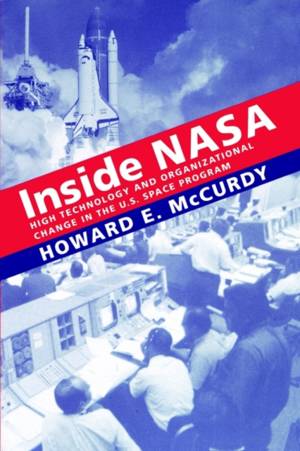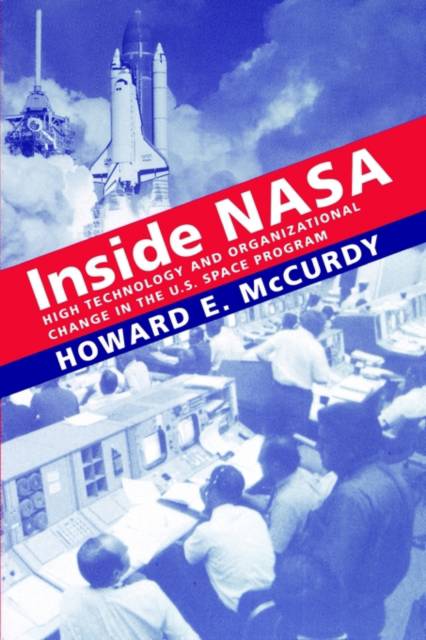
- Retrait gratuit dans votre magasin Club
- 7.000.000 titres dans notre catalogue
- Payer en toute sécurité
- Toujours un magasin près de chez vous
- Retrait gratuit dans votre magasin Club
- 7.000.0000 titres dans notre catalogue
- Payer en toute sécurité
- Toujours un magasin près de chez vous
Description
Winner of the Henry Adams Prize from the Society for History in the Federal Government
Inside NASA explores how an agency praised for its planetary probes and expeditions to the moon became notorious for the explosion of the space shuttle Challenger and a series of other malfunctions. Using archival evidence as well as in-depth interviews with space agency officials, Howard McCurdy investigates the relationship between the performance of the American space program and NASA's organizational culture. He begins by identifying the beliefs, norms, and practices that guided NASA's early successes. Originally, the agency was dominated by the strong technical culture rooted in the research-and-development organizations from which NASA was formed. To launch the expeditions to the moon, McCurdy explains, this technical culture was linked to an organizational structure borrowed from the Air Force ballistic-missile program. Changes imposed to accomplish the lunar landing--along with the normal aging process and increased bureaucracy in the government as a whole--gradually eroded NASA's original culture and reduced its technical strength.
Spécifications
Parties prenantes
- Auteur(s) :
- Editeur:
Contenu
- Nombre de pages :
- 232
- Langue:
- Anglais
- Collection :
Caractéristiques
- EAN:
- 9780801849756
- Date de parution :
- 01-09-94
- Format:
- Livre broché
- Format numérique:
- Trade paperback (VS)
- Dimensions :
- 158 mm x 232 mm
- Poids :
- 349 g

Les avis
Nous publions uniquement les avis qui respectent les conditions requises. Consultez nos conditions pour les avis.






